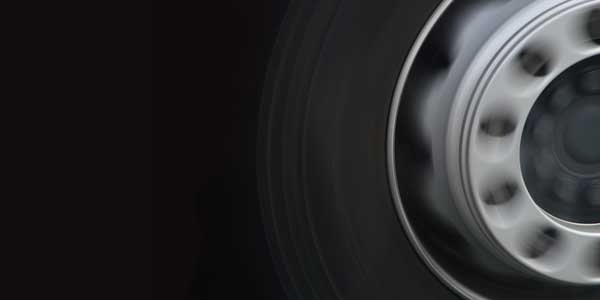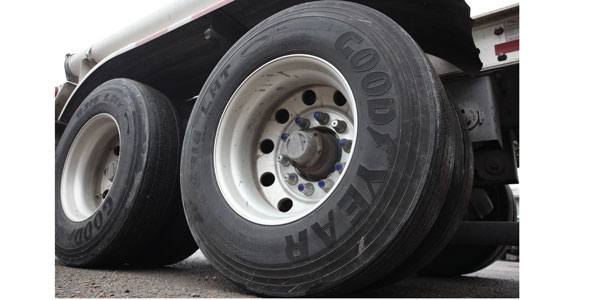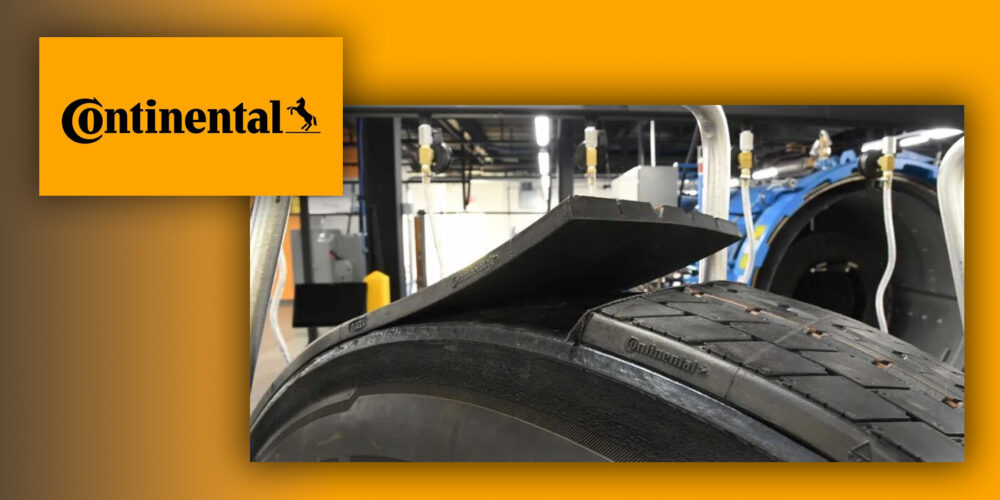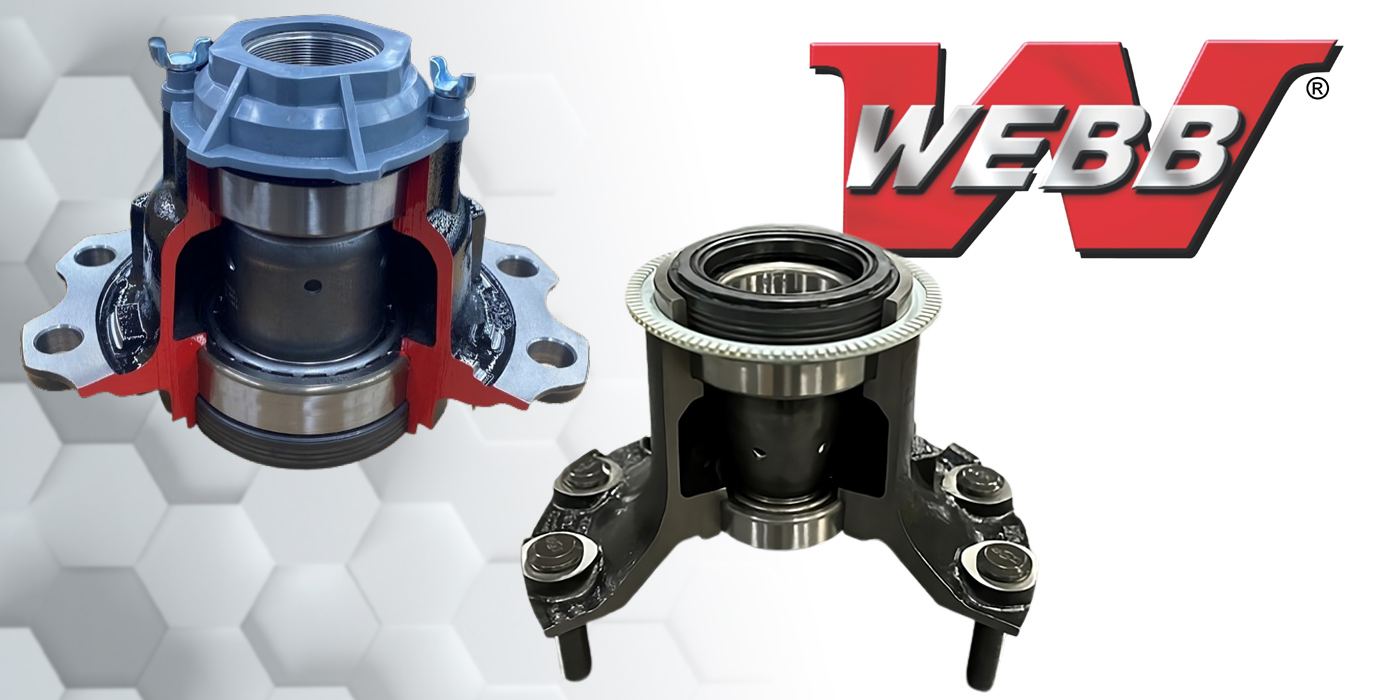Wheel end thermal events are serious maintenance issues that can be caused by setup, maintenance, driver neglect, road debris or some combination of all of these. Before we look at how slack adjusters may factor into higher wheel end temperatures let’s get this out of the way first:
Each wheel end thermal service event needs to be thoroughly investigated to determine the root cause to curb the problem. There can be a number of different causes that require different solutions. Gathering as much data as you can related to the situation and sharing it with your manufacturers and suppliers is imperative.
“Data gathering on wheel end thermal events has been very difficult because some fleets are uncomfortable acknowledging that such conditions have occurred,” said Greg Sturdy, director of wheel end product engineering for Accuride Corp. “This gets compounded in cases where there is no investigation with root-cause analysis.”
Sturdy explained that a bearing fire has very different symptoms from a brake-related fire—and both of these look different than a tire fire.
“An evaluation of the vehicle with diligence is more likely to yield the appropriate corrective action,” he said. “The challenge is that once equipment is burning, so is the evidence of the root cause, making it harder to sift through and determine the reason.”
Recently, Fleet Equipment (FE) caught wind of wheel end thermal events that were seemingly caused by automatic slack adjusters locking up, increasing wheel end temperatures and risking asset losses. So we turned to the manufacturers for answers.
However! If you’re experiencing wheel end thermal issues, put the magazine down and contact TMC, which is currently generating diagnostic criteria for related service issues, like RP 167—Vehicle Electrical Fires: Causes and Solutions. The experts at TMC will be able to help you with your service issue.
We now return you to our regularly scheduled story about how slack adjusters may be involved in wheel end thermal events.
“We have heard of some similar isolated cases,” said Jeff Wittlinger, business unit director for Hendrickson wheel ends and brake systems. “When this happens, it’s best to start by contacting the slack adjuster manufacturer to work through these scenarios.”
Wittlinger’s sound advice was echoed by all of the sources that spoke with FE.
“We have heard of brakes dragging, as opposed to a full wheel lock up,” said Keith McComsey, director of marketing and customer solutions, wheel end for Bendix Spicer Foundation Brake. “This can be caused by an over-adjusting slack adjuster. The faster adjusting slack adjusters tend to chase the drum when they’re hot and expand away from the friction. But when the drum cools and contracts, it creates an interference with the friction and causes brake drag. A dragging brake can create a hot running wheel end until the friction and drum wear to a point that the drag—over time—eventually goes away.”
The wheel end lock-up stories that FE heard involved 2015 and 2016 drivelines with automated manual transmissions (AMTs); McComsey hypothesized that if an AMT was involved in a brake-dragging situation, the transmission may be increasingly reliant on the braking system to slow the truck down.
“Technologies such as AMTs and automated braking have increased the demand on the braking systems in newer trucks,” said T.J. Reed, Meritor’s vice president of front drivetrain. “This increased demand can, in some instances, impact the performance of some slack adjusters.”
“A more in-depth investigation is needed to verify this condition,” McComsey said. And it’s a winning idea. So let’s take a look at slack adjusters.
Aren’t these things supposed to be automatic?
Yes, they are. For all intents and purposes, after the initial installation and setup, automatic slack adjusters should not have to be adjusted—except, McComsey notes, when re-lining or doing major brake maintenance work, which is when they would get reset again. He then pointed to two other circumstances in which the fleet manager would want to inspect the slack adjuster.
- Over-adjustment: “This should not be considered normal,” McComsey said. “One tell-tale sign is if your technician notices that the tire does not spin freely (when the vehicle is jacked up) or they cannot remove the drum. So if you find that your fleet has that issue and has to back off slack adjusters somewhat routinely, the situation could be an over-adjusting slack and needs to be evaluated.”
- Out of adjustment: “If it was out of adjustment, the brake system should be thoroughly inspected for something being out of spec, since a number of components could be the culprit,” McComsey said, “or the slack adjuster is not functioning properly and should be replaced.”
Important note: When you suspect a wheel end maintenance issue, you need to do a thorough examination of the entire brake system. “Fleet managers should reference the manufacturer’s recommendations for detailed information on diagnosing slack adjuster issues to determine whether the slack or some other component is contributing to the problem,” Hendrickson’s Wittlinger said.
This is worth repeating: “TMC is working on this issue with a task force on Wheel End Thermal Events,” reiterated Accuride’s Sturdy. “Many times there is not a problem with the slack, and other aspects should be investigated first: lug torque, angle of slack setup, frozen pins/bushings on slack armature, etc. Without investigating a wheel end thermal event, the solutions employed will only be guesses, and can cause wasted time while not helping avoid further risks to the fleet.”
If there is a brake adjustment issue, it often has nothing to do with the slack.
“Whenever a brake is found out of adjustment, don’t always assume it’s caused by the slack adjuster; rather the entire wheel-end should be inspected, including the S-cam and bushings for excessive play, brake springs for proper tension, etc.,” Bendix’s McComsey said. “If no obvious hardware issues are found, the slack can be backed off and actuated to test its functionality, so follow the manufacturer’s recommended procedure.”
There are a few telltale signs that a slack adjuster is your culprit.
Don’t cut the slack out of maintenance
Where slack adjusters could cause trouble is when drums heat up, they expand away from the friction. Slack adjusters that have a fast adjustment rate increase the likelihood of dragging brakes.
“As the drum heats up and expands during braking, some automatic slack adjusters adjust too quickly and ‘chase’ the hot expanded drum,” McComsey said. “When the drum cools down and returns to normal size, the running clearance between the shoe and drum can be eliminated, resulting in a dragging brake. Dragging brakes accelerate wear on the brake lining and drum and even reduce fuel economy.”
There is a form of basic tests to evaluate if a slack is functioning, Accuride’s Sturdy explained. Be sure to check your specific slack adjuster manufacture’s installation/maintenance documentation:
- Perform a power stroke check per FMCSA recommendations. Typically, cage spring brake, if applicable, system air should be 90-100 PSI in cab brake pressure. If stroke does not fall within this range, more evaluation of the slack adjuster setup is needed. Check angles, wear on bushings, pins, etc.
“Many times worn brake bushings, s-cam bushings or an improperly axially aligned slack can be masked by only evaluating power stroke,” Sturdy said. “So even if power stroke is acceptable, it’s always a good practice to continue doing free stroke.” - Perform a free stroke check as stated by manufacturer recommendation. “Again, if this is too low or too high, then more investigation is needed,” Sturdy said.
- If the results of Steps 1 and 2 are both acceptable, drive the slack adjuster nut forward to have linings contact the drum, back off/reverse slack adjuster per the manufacturer’s recommendation. “Use a paint pen and mark the hex head and cap with a straight line,” Sturdy advised. “Actuate the brakes at 90-100 PSI cab pressure 10 to 15 times. The slack adjuster should walk its way forward and the paint pen to cap mark will show if it’s functioning via the rotation amount.”
“Excessive lining swell and growth, a worn brake drum or improperly seated brake drums can be telltale signs that a slack adjuster is too tight,” Hendrickson’s Wittlinger said. “While most original equipment friction material is optimized for swell and growth, aftermarket brake linings can be a wild card depending on the lining formulations and materials.”
Wittlinger noted that Hendrickson always recommends using original equipment brake linings to maximize performance.
“As a brake drum wears past its limit,” he explained, “the flex of the drum can fool a stroke-sensing slack into adjusting more than normal, which can result in little to no clearance. Finally, improperly mounted brake drums can also lead to brakes with little or no clearance. Fleets should refer to TMC’s recommended practices for how to properly mount the drums.”
When it comes to slack adjuster tightness, the problem could be a result of the slack internals losing their capability to function properly.
“More often than not, this is a result of a lack of proper/regular maintenance of the slack adjuster by properly lubricating during PM,” Bendix’s McComsey said. “A ‘regular shot of grease’ can help provide lubrication while purging contaminants that can do damage over time, providing fleets with a properly functioning slack adjuster for many years.”















